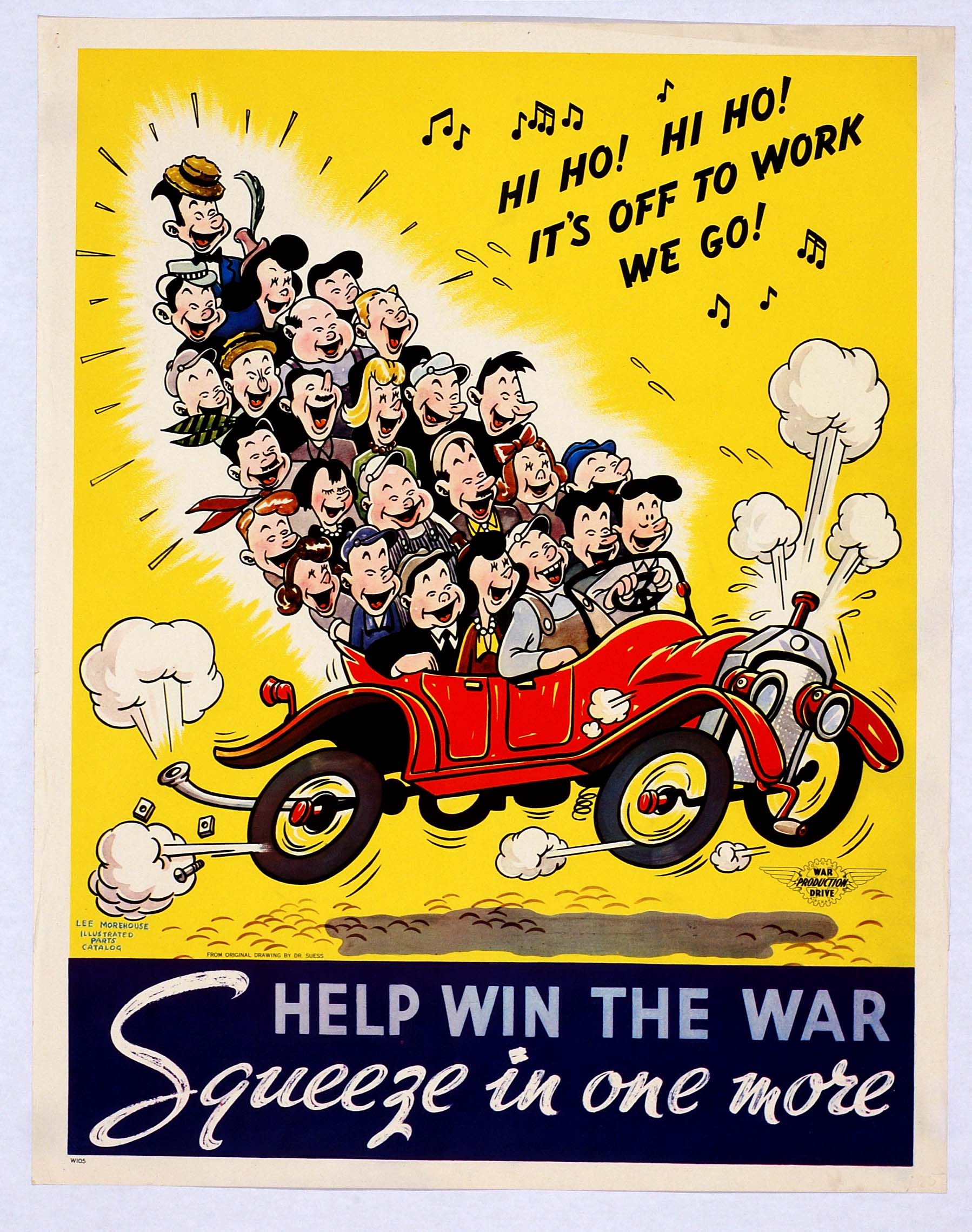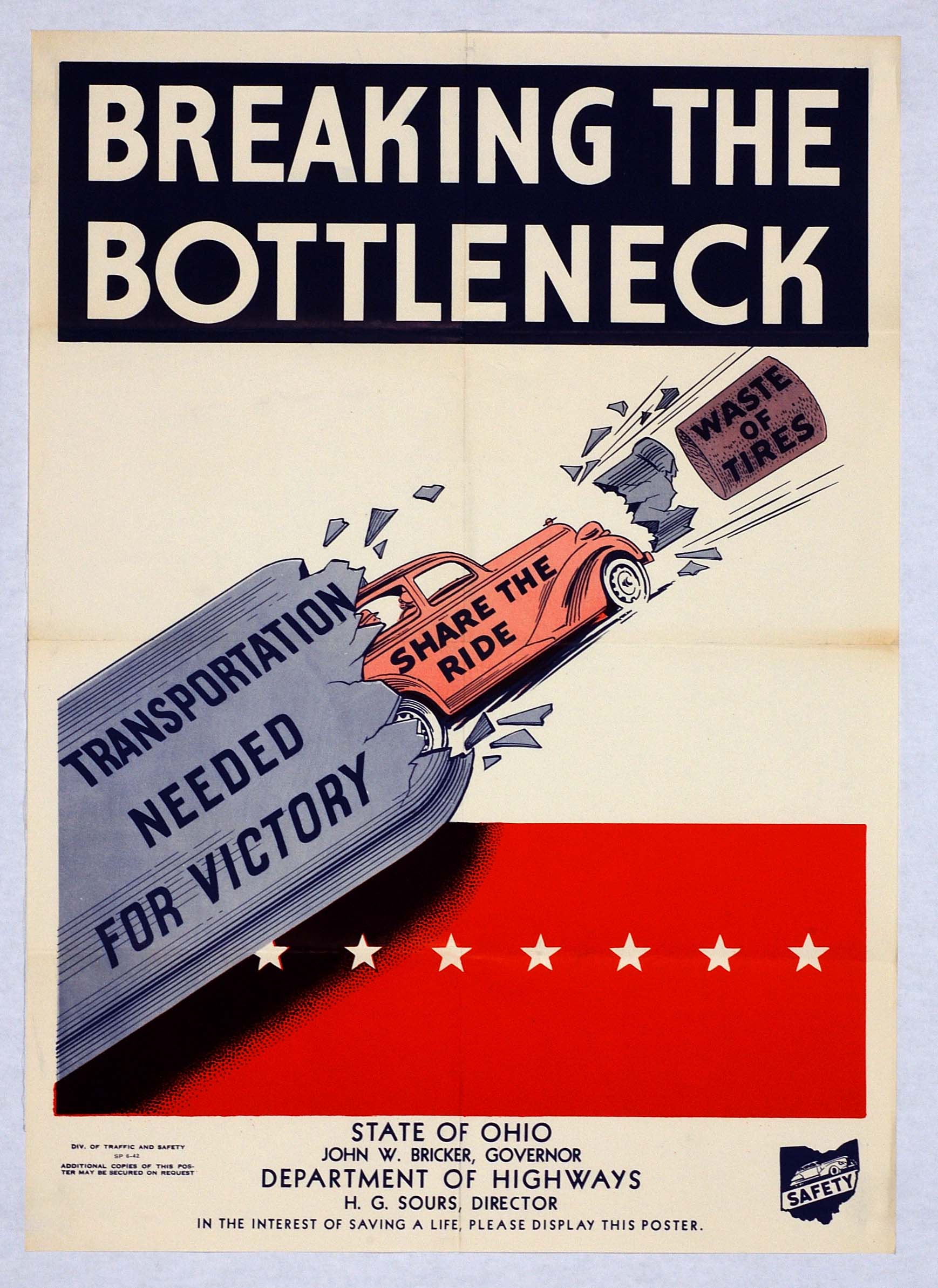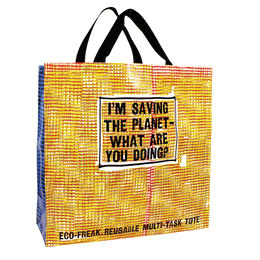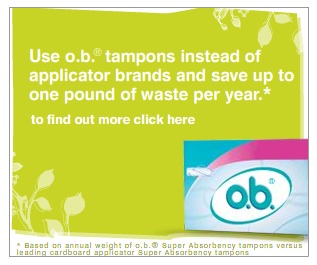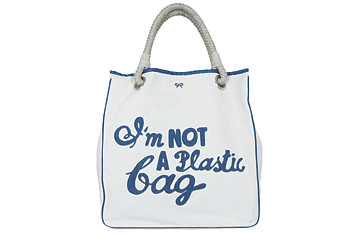First, the commercial (found here):
I love and hate this commercial because of androcentrism. Androcentrism is the idea that we value masculinity over femininity such that we admire both men and women for performing masculinity. Androcentrism explains why we tend to like it when women drink beer, play sports, and become lawyers, but do not typically think it’s equally awesome when men cry, wear skirts, learn to knit, or become interior designers. Here is my crash course on androcentrism.
In any case, I kinda love the fact that the hot chick in this commercial represents strength and we’re obviously supposed to think she’s awesome. But the guy in the commercial, who is supposed to represent sissy hippy environmentalism, doesn’t exactly come off as awesome. He is funny, stupid, ridiculous. And I kind of hate that. In a perfect world, men would be allowed to do things associated with femininity without being considered uncool.



